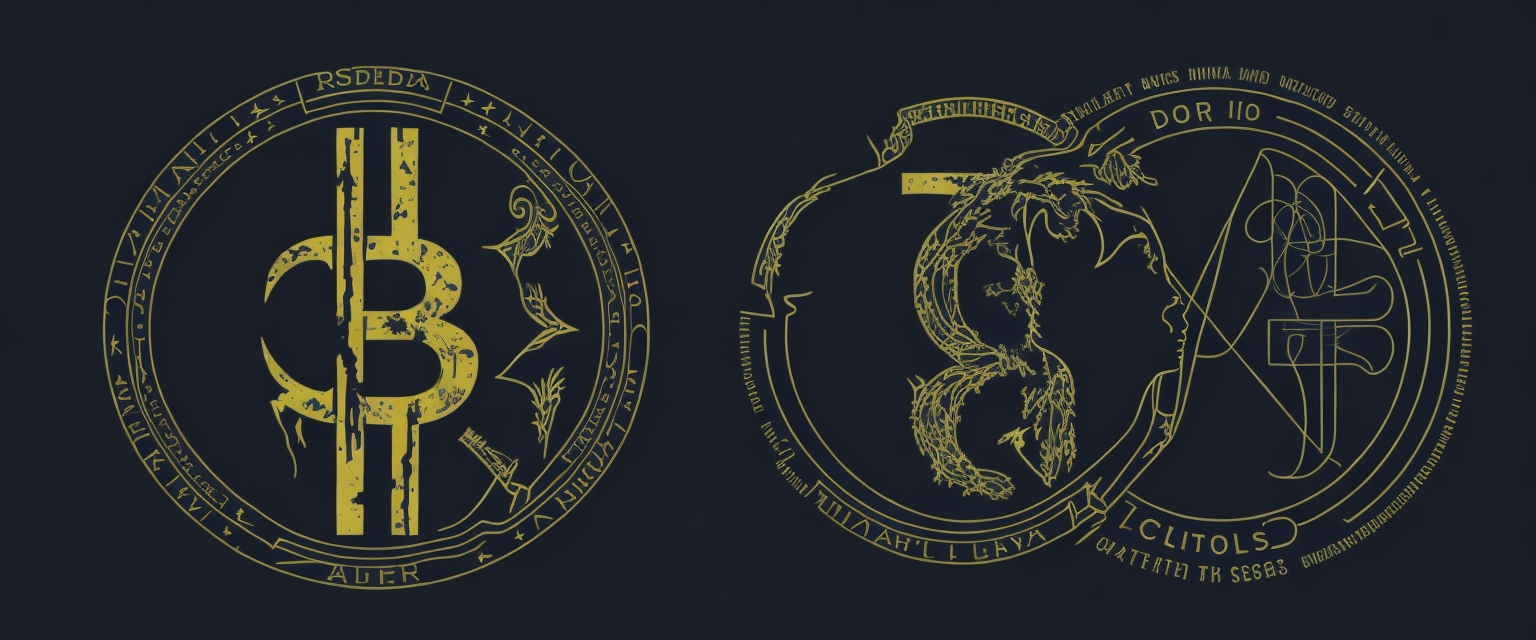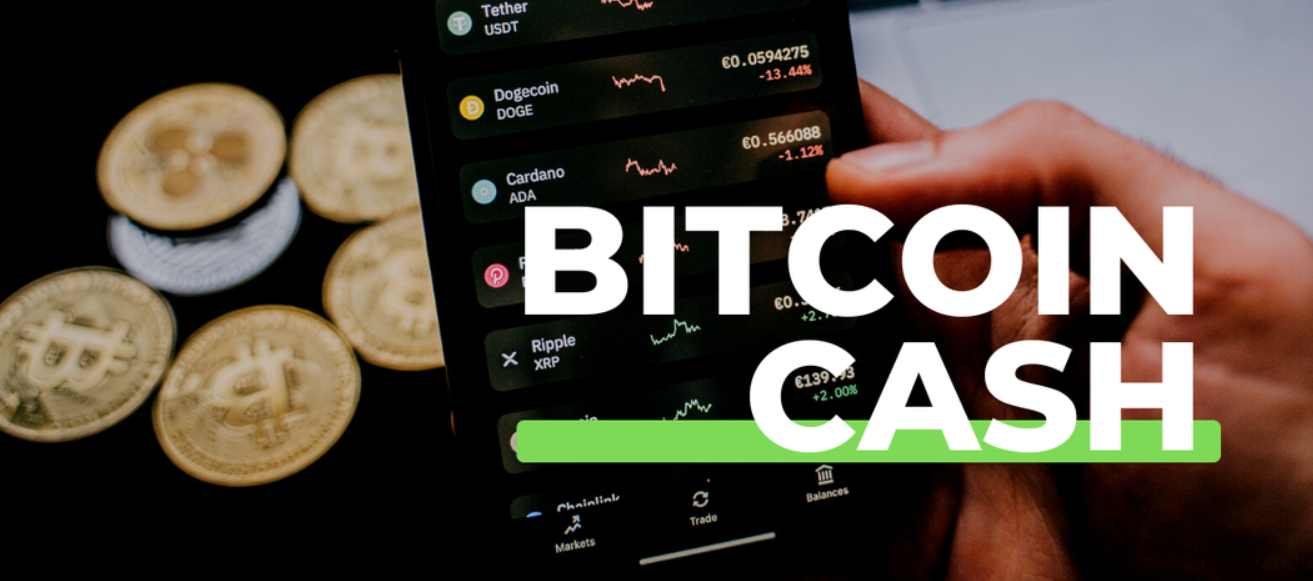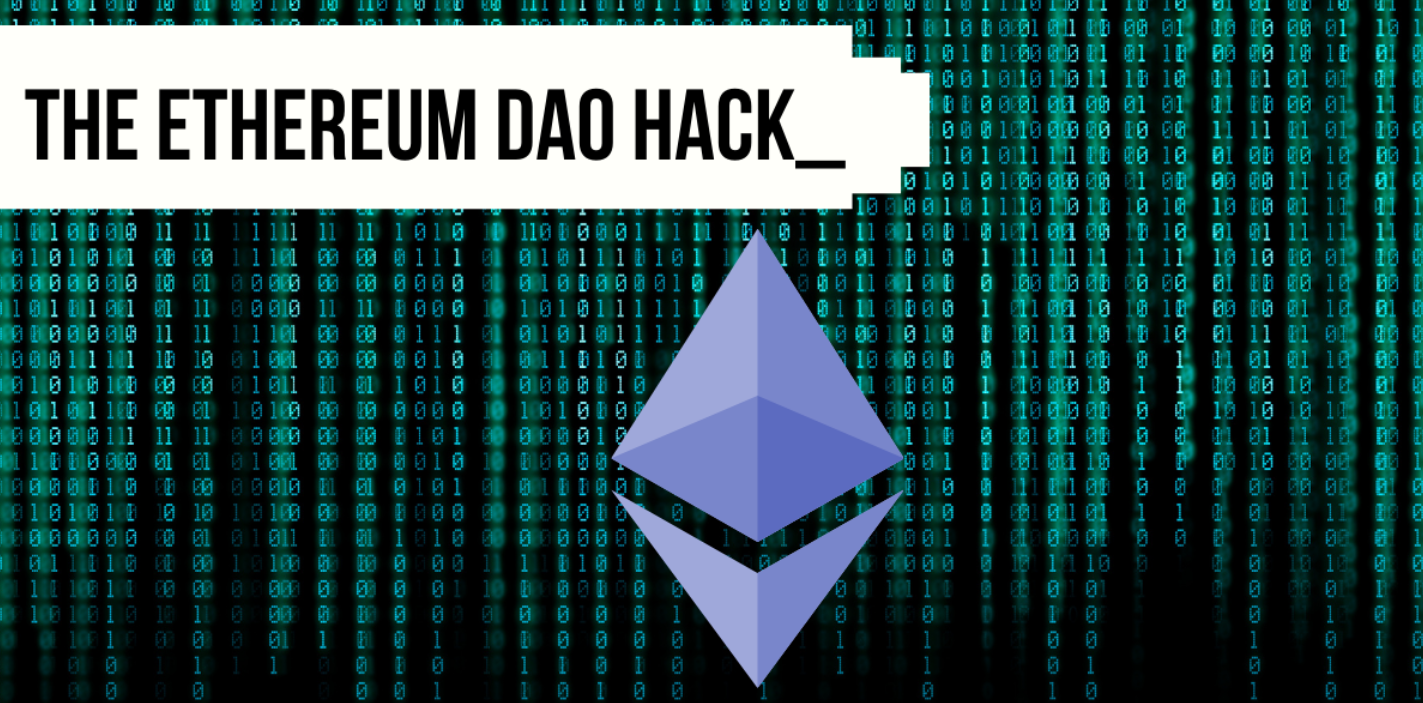Cryptocurrencies, including Bitcoin and Ethereum, operate on a blockchain, a decentralized system with open-source code. A fork is a modification of the blockchain protocol, which can be a hard fork or a soft fork. A hard fork is a radical update that requires mandatory updating of node operators and usually results in chain splitting. A soft fork is a backward-compatible update that allows validators on the old version to consider the new version valid. Hard forks can occur for various reasons and may lead to the creation of new tokens on the new chain.
Contents:
- What is a hard fork?
- Reasons for the emergence of hard forks in cryptocurrencies
- Random Hard Forks
- Difference between Hard forks and Soft forks
- Famous examples of hard forks

What is a hard fork?
A hard fork is a process that results in a permanent divergence from the current version of the blockchain, leading to the splitting of the blockchain network into two separate versions. During a hard fork, a fork occurs where one branch continues to operate with the current set of rules, while the other adopts the new set of rules. This makes the old version incompatible with the new one.
Hard forks are often considered risky as they can lead to community division and reduced network security. For instance, a 51% attack is possible when a group of miners controls more than half of the network's computing power and can manipulate the blockchain's history, potentially leading to double-spending, where the same funds are used twice.
Another vulnerability known as replay attack exists. In this case, a malicious actor intercepts a transaction on the forked network and replays it on the other branch. Without replay attack protection, both transactions may be considered valid, allowing the attacker to move other users' funds without their consent.
Hard forks can serve as a means to introduce significant changes to the blockchain protocol or fix errors, but they must be carefully planned and executed to minimize risks and maintain consensus across the entire community.
Reasons for the emergence of hard forks in cryptocurrencies
Hard forks are upgrade processes that can affect the security of a blockchain, but their inevitability is due to several factors, not all of which are negative:
- Updating and adding functionality: Hard forks allow the introduction of new features and capabilities into the blockchain, contributing to the development of the technology and meeting the needs of users.
- Fixing security vulnerabilities: During hard forks, identified vulnerabilities and security issues can be addressed, leading to an enhancement in network security.
- Resolving disagreements: Hard forks may arise from differences and varying opinions within the cryptocurrency community. They enable finding compromise solutions and progressing while aligning with the interests of different participants.
- Reversing transactions: In certain cases, hard forks are used to reverse undesirable or erroneous transactions, thereby restoring order in the network.
- Unforeseen circumstances: In rare instances, hard forks can occur accidentally due to code errors or other unforeseen circumstances. However, developers typically respond swiftly and resolve such issues.

It is important to note that hard forks are usually conducted with the consensus of the majority of the network participants, and their aim is to improve the functionality and security of the blockchain. Those who disagree with the changes typically have the option to continue operating on the old version or join the updated chain later if it aligns with their interests.
Random Hard Forks
The Bitcoin blockchain has experienced numerous random hard forks throughout its history. The frequency of such events is higher than many people think, and they often get resolved so quickly that they go unnoticed.
The determining factor is the block that will be added next, determining which chain becomes longer. As a result, miners switch to the longest chain, rejecting the other one to ensure consensus. The unsuccessful miner loses the reward for the created block and transaction fees. However, all transactions remain valid since both blocks are identical and contain the same transactions.
Random hard forks can also occur due to issues in the code, leading to a split into short chains. In some cases, like in 2013, blocks with more transaction inputs than expected were discovered, and some nodes couldn't process them, causing a network split. The issues were resolved by rolling back some nodes to a previous version of the software to achieve consensus and reject that faulty block.
Difference between Hard forks and Soft forks
Below is a table comparing hardforks and softforks, using an analogy of updating an operating system on a mobile device or computer:
| Hardfork | Softfork |
|---|---|
| Requires all nodes to update | Allows nodes to choose whether to update or not |
| May lead to blockchain split (emergence of different blockchain versions) | Does not lead to blockchain split |
| Can be a more complex and risky update process | Considered a safer and less risky update process |
| Used for significant changes to the blockchain protocol | Often used to add new software features |
| Applications and nodes that do not update will not be able to work with the updated blockchain version | Applications and nodes that do not update will continue to work with the new blockchain version without changes |
While hardforks and softforks share a common underlying idea of changing a cryptocurrency's protocol, their implementation and consequences may vary depending on the specific cryptocurrency and situation.
Famous examples of hard forks
In the history of the cryptocurrency world, there have been many important events related to hard forks, and not all of them are related to the Bitcoin blockchain. Below are some of the most notable hard forks that have had a significant impact on the cryptocurrency industry.
SegWit2x and Bitcoin Cash
SegWit2x was proposed as an upgrade to scale the Bitcoin network. The main idea was to implement Segregated Witness (SegWit) and increase the block size from one megabyte to two megabytes.
The controversial New York Agreement, reached on May 23, 2017, envisioned deploying SegWit through a soft fork, and the block size increase was planned for a subsequent hard fork. However, this agreement sparked disputes as Bitcoin Core developers, responsible for the core code of the Bitcoin network, were not involved in the decision-making process. This led to concerns about centralization and the unwarranted control of some companies over the network.

Supporters of small blocks argued that increasing the block size would hinder the operation of full nodes and could lead to centralization. On the other hand, supporters of block size increase claimed that high transaction fees in BTC would limit its use and relieve network congestion.
In response to the controversial decision about Bitcoin's future, some users campaigned for the user-activated soft fork, presented in BIP 148. It aimed to implement SegWit and was scheduled for August 1, 2017.
Fearing that SegWit2x would not be implemented, supporters of the block size increase decided to conduct a hard fork and created Bitcoin Cash (BCH) on August 1, 2017. Bitcoin Cash was created with an 8-megabyte block size, which was later increased to 32 megabytes. Supporters of BCH considered it a continuation of Bitcoin's original vision.
Since the hard fork of Bitcoin Cash, there have been numerous other Bitcoin forks, such as Bitcoin Gold (BTG), Bitcoin Diamond (BTCD), and others. All these events drew attention to the possibility of hard forks and sparked discussions in the cryptocurrency community.
The DAO Hack
One of the key milestones in Ethereum's history was an event related to The Decentralized Autonomous Organization (DAO), launched on the Ethereum network in 2016. Ethereum is a platform for smart contracts, which are pieces of code that execute automatically when certain conditions are met. Smart contracts make money programmable and form the basis for decentralized financial applications (DApps).
The DAO raised around $150 million in ETH, attracting 11,000 investors, in one of the world's first cryptocurrency crowdfunding campaigns. It was an early iteration of decentralized governance models that later became characteristic of DeFi protocols, where token holders vote on future protocol changes.
However, after the launch of The DAO, it was hacked, and the attackers stole $60 million in ETH from investors. This seriously undermined trust in the Ethereum network, considering that the value of Ethereum was much lower at that time compared to now.
There was a heated debate within the Ethereum community on how to respond to this incident. Vitalik Buterin, the founder of Ethereum, suggested first conducting a "soft" fork that would freeze the hacker's address and prevent the transfer of stolen funds.

The hacker, or someone claiming to be them, responded, stating that the funds were obtained "legally" according to the rules of the smart contract and threatened to sue anyone who attempted to confiscate the stolen funds. They also threatened to use the stolen funds to bribe Ethereum miners to prevent the implementation of the "soft" fork.
As a result, disputes arose, and a hard fork was proposed. Eventually, a hard fork was implemented, which rolled back the Ethereum network to the moment before the DAO attack and restored the stolen funds to a special smart contract from where investors could reclaim them.
Such a decision sparked huge controversies and raised doubts about the censorship resistance and immutability of the blockchain in the eyes of some community members since investors were "rescued". Those who disagreed with this decision rejected the hard fork and continued to support the earlier version of the network, which is now known as Ethereum Classic (ETC).
Hashrate Wars: ABC vs. SV
In August 2017, a hard fork of the Bitcoin blockchain occurred, resulting in the creation of the cryptocurrency Bitcoin Cash (BCH). Subsequently, disagreements emerged within the Bitcoin Cash community, leading to further network splits into two factions.
One group of developers, known as Bitcoin Cash ABC (BCHA), aimed to improve the underlying technology of the cryptocurrency. Another group, supported by Craig Wright, who claimed to be the self-proclaimed "Satoshi Nakamoto," was known as Bitcoin Cash SV (BSV), and they sought to increase the block size from 32 MB to 128 MB.
At block 556,767, the blockchain split into two networks, and an intense battle for the right to use the BCH ticker symbol began. Both sides mobilized all their resources and hash power to gain an advantage over the other. Some supporters even called for a 51% attack on the opposing network to reorganize its blocks and force supporters to switch to their side.
In response to the situation, cryptocurrency exchanges and companies announced that they would refer to the BCH ticker to the blockchain that emerged victorious from this battle. As a result, many miners redirected all their resources to the hash rate wars, and eventually, Bitcoin Cash ABC managed to obtain overwhelming hash power and successfully thwart all attempts at a 51% attack. This allowed it to retain the BCH ticker on exchanges and other services, while the other network adopted the BSV ticker.





